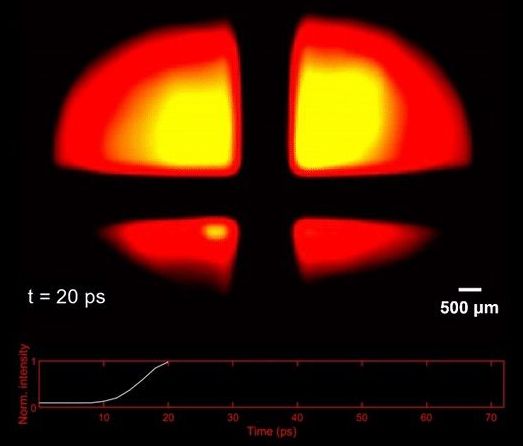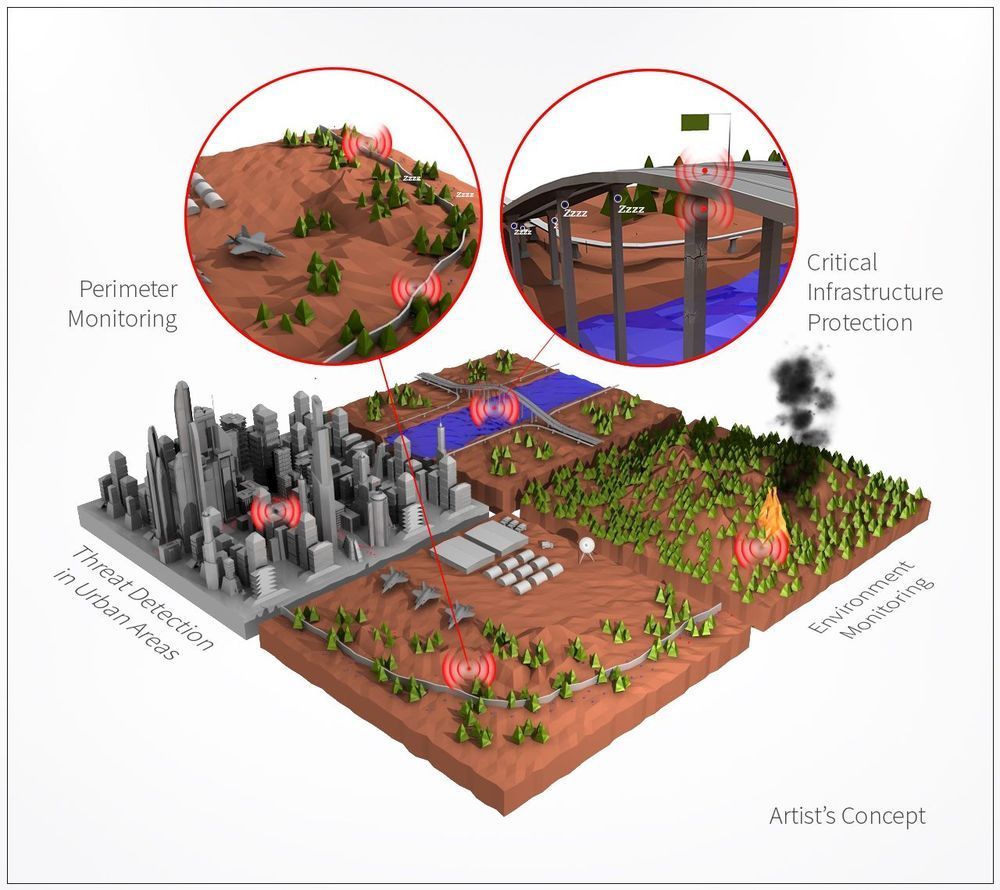Oct 13, 2020
Putting a RED Cinema Camera on a 100mph First-Person Racing Drone
Posted by Quinn Sena in categories: drones, electronics
As drones become better and better at everything they do, it’s only natural photographers and videographers alike start pushing the boundaries of what’s possible. This particular boundary push is not for the faint of heart, however. I’m reasonably new to the drone world. While I’d been keen to dip a toe for a long time, I had been waiting for commercial applications to justify the acquisition. Thankfully, I found a window and jumped right through it.
















